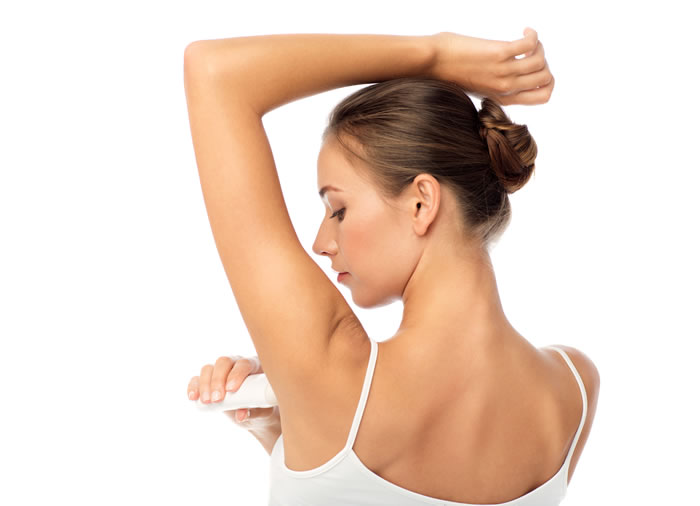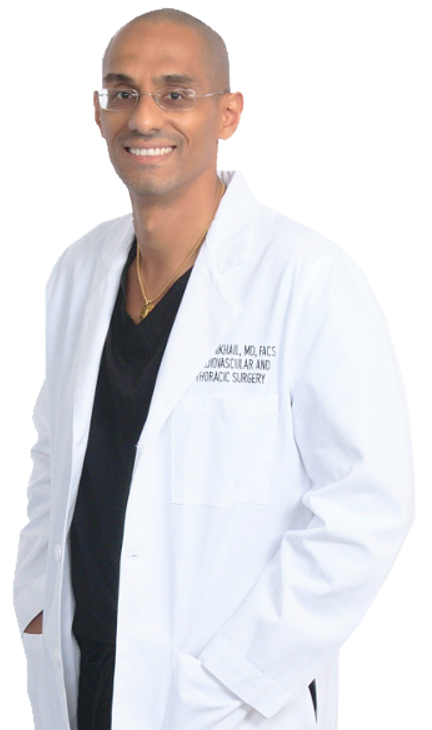
Please wait...

Please wait...
 Step #1: The Diagnosis
Step #1: The DiagnosisA doctor will ask a patient about his/her sweating patterns, including what part(s) of the body are affected, how often the sweating occurs and if these episodes occur during sleep. The doctor may try and rule out underlying conditions (hyperthyroidism or hypoglycemia) through blood and urine tests).
A doctor may ask:
A doctor can also perform a thermoregulatory sweat test. This test uses a powder, which is a powder that is sensitive to moisture. When excessive sweating occurs during room temperature, the powder will change color. Then, the patient is exposed to high heat and humidity in a sweat cabinet, which triggers sweating throughout the entire body. When exposed to heat, people who do not have hyperhidrosis tend not to sweat excessively in the palms of their hands, but patients with hyperhidrosis do. This test can also help the doctor determine how severe the condition is.
Treatment for hyperhidrosis is varied. A doctor will evaluate a person’s triggers for hyperhidrosis, along with possible causes. After this evaluation, the doctor will come up with a treatment plan that can lead to positive results and an improved quality of life. The following are treatments for hyperhidrosis:
ETS (Endoscopic thoracic sympathectomy)
This is a surgical procedure used in severe cases of hyperhidrosis when patients are not responding to other treatments. In this procedure, the nerves that carry messages to the sweat glands are cut. This procedure helps with hyperhidrosis in the face, hands, and/or armpits.
Anticholinergic medications
These medications inhibit the transmission of parasympathetic nerve impulses. On average, patients will notice improved symptoms in two weeks.
Botulinum toxin (Botox injections)
These injections block the nerves that trigger the sweat glands. Several injections are needed for effective results. This is best for underarm sweating.
Iontophoresis
Both the hands and feet are submerged into a bowl of water. An electric current (painless) is passed through the water. Patients usually need two to four 20 to 30-minute treatments.
Antiperspirants
Antiperspirant sprays (not deodorants) can stop sweating. Some prescription-level antiperspirants contain aluminum chloride, which plugs the sweat glands.
If you feel you are experiencing symptoms related to Hyperhidrosis, contact our office today and schedule a consultation with Dr. Peter Mikhail today.
Hyperhidrosis is excessive sweating. This condition is a common disorder that can affect one specific area or the whole body.
Symptoms can vary depending on the severity and the condition. These can include frequent sweating, clammy palms to soaking of clothing.
Treatment for hyperhidrosis is varied. A doctor will evaluate a person’s triggers for hyperhidrosis, along with possible causes. After this evaluation, the doctor will come up with a treatment plan that can lead to positive results and an improved quality of life.
These can vary from Endoscopic Thoracic Sympatectomy to Boutlinum Toxin Injections.
This depends on what treatment options was administered. In most extreme cases if ETS is performed, most patients leave the hospital in under 24 hours and their recovery is generally complete within two weeks.
At-home lifestyle changes, like wearing loose clothing, armpit shields, eating non-spicy foods and using clinical strength antiperspirants, can reduce symptoms.

Don’t put your life in just any surgeon’s hands. Trust in Dr. Mikhail and his proven success!